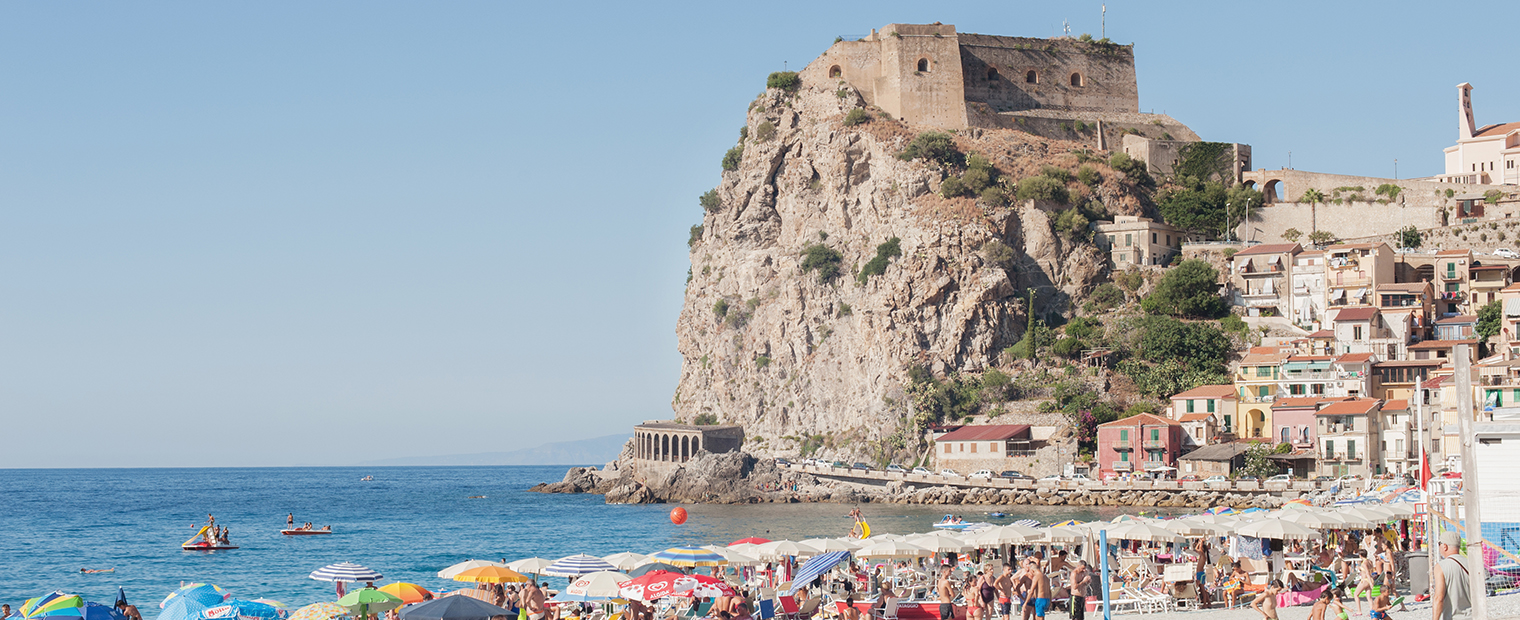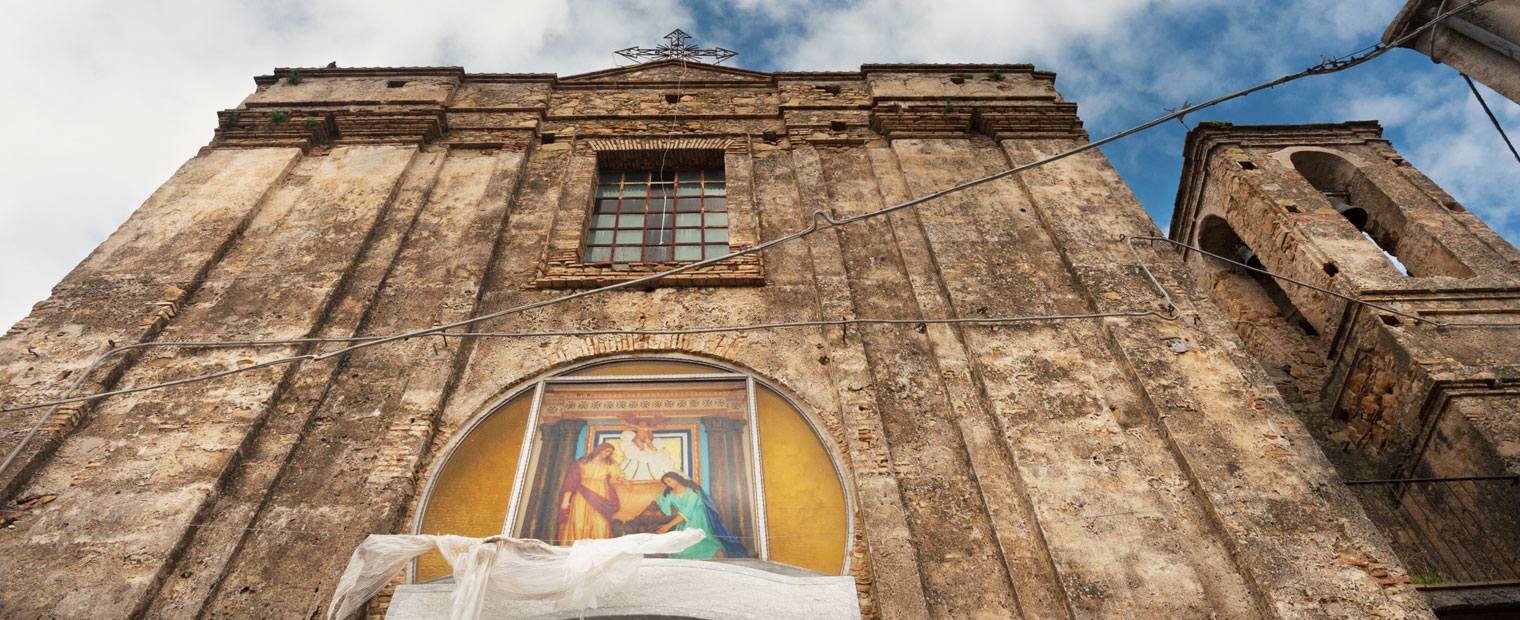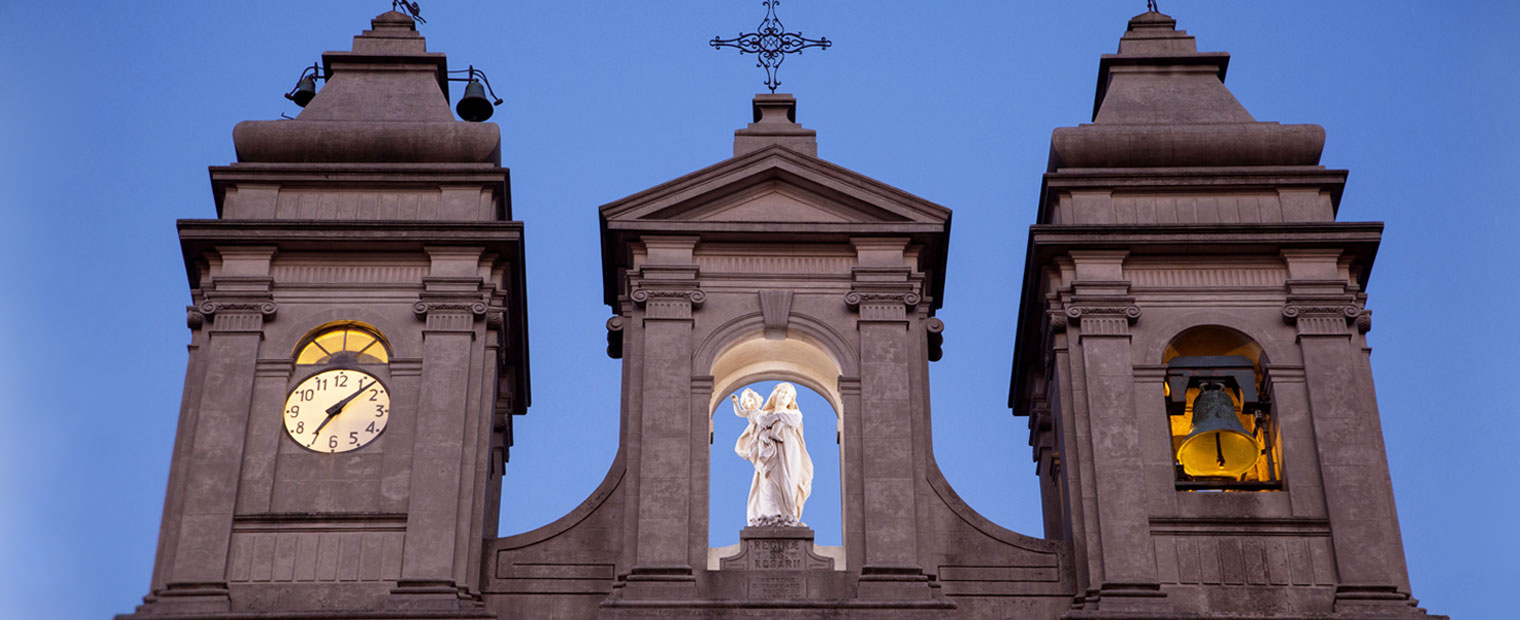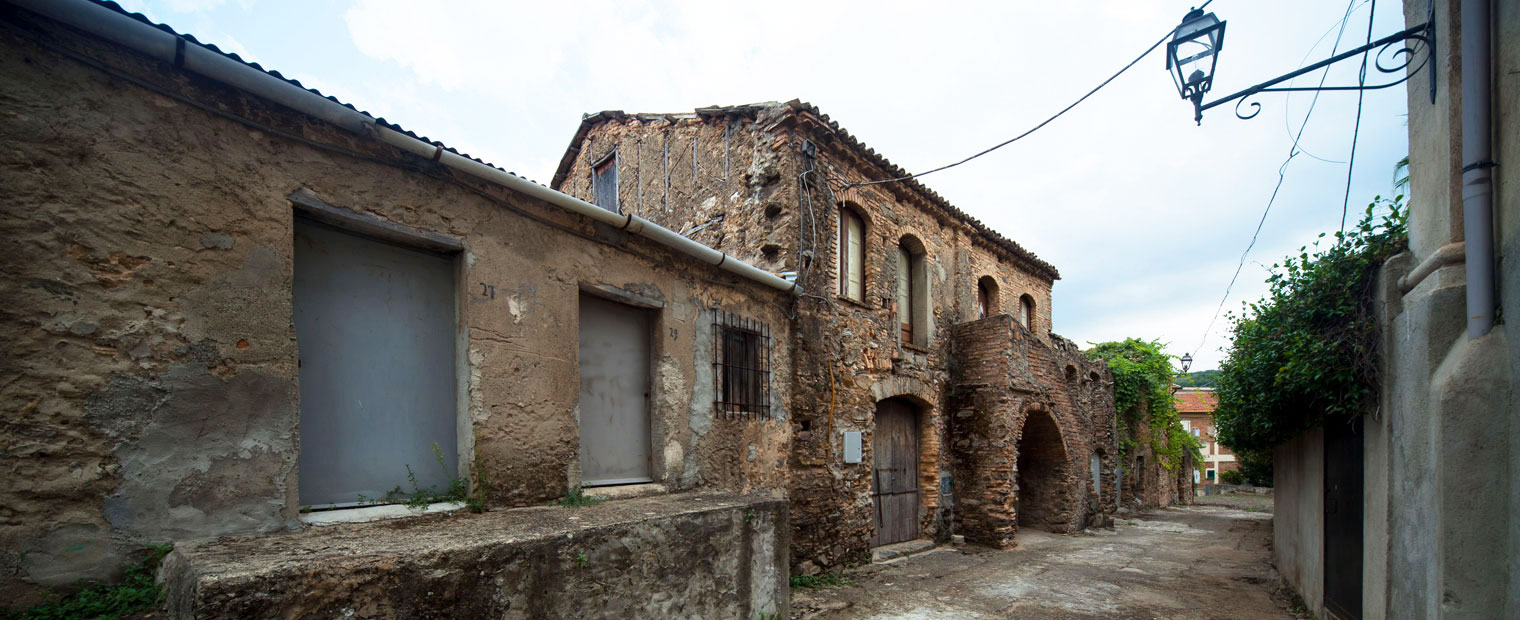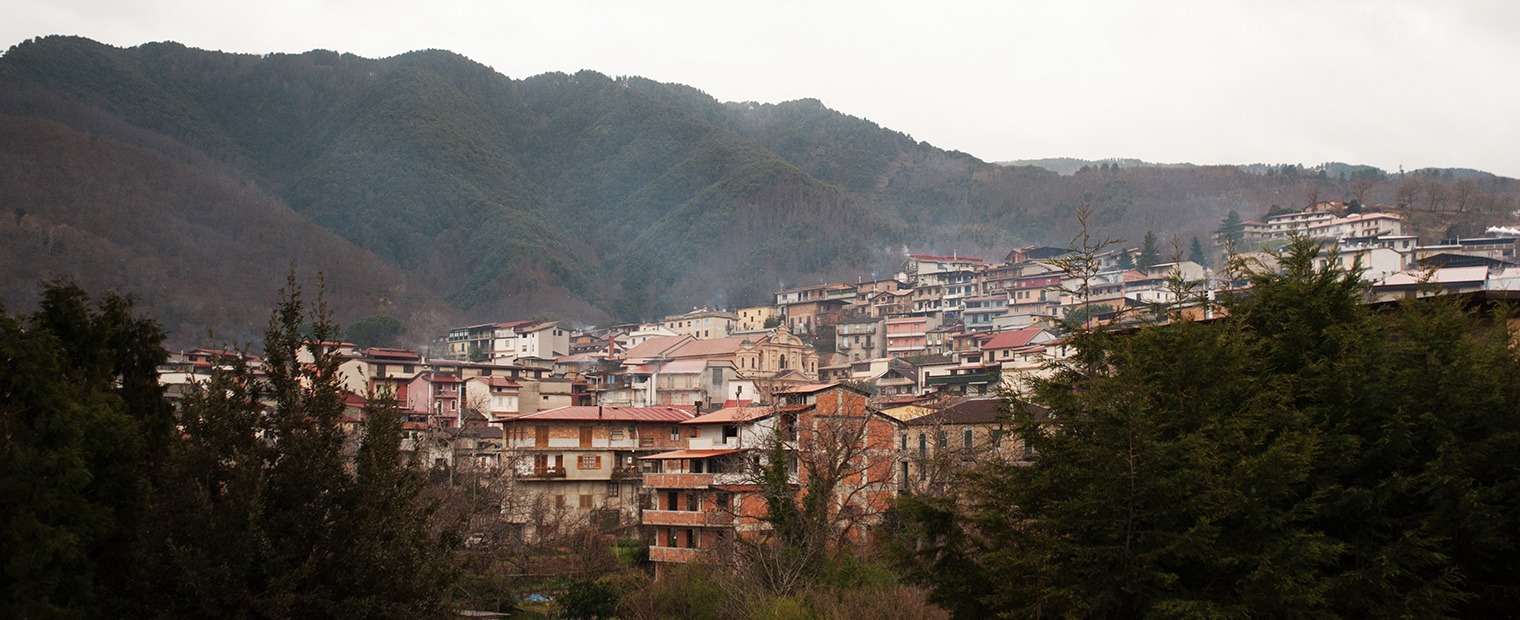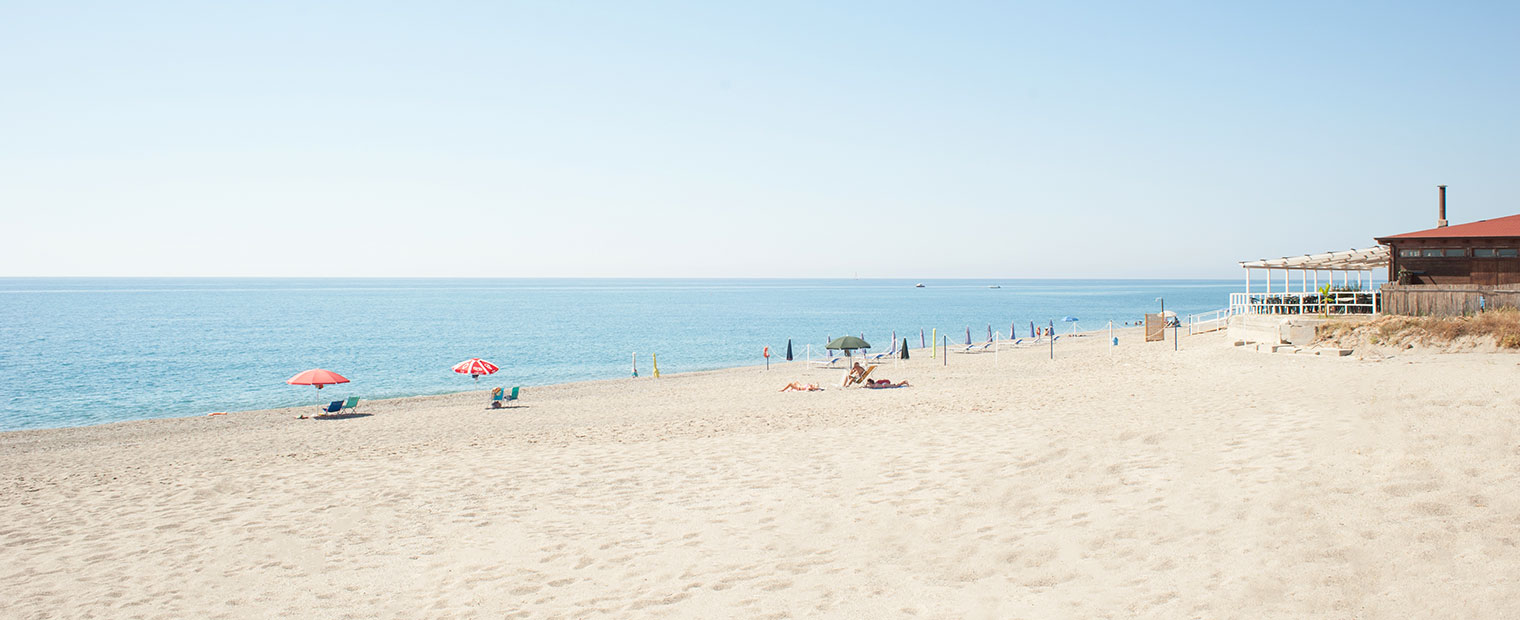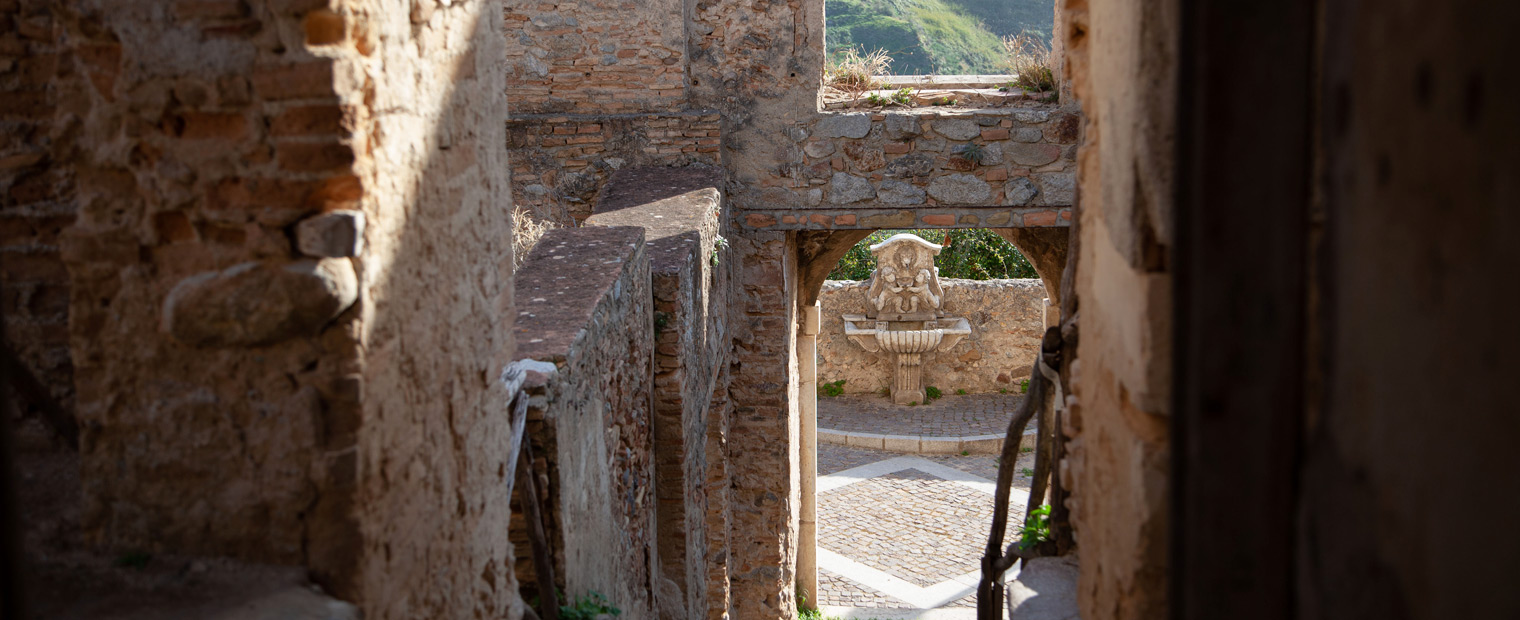The Metropolitan Area of Reggio Calabria, set between the two coastal fronts of the lower Ionian Sea on side, and the Tyrrhenian Sea on the other, has 97 municipalities: villages of great interest for both their historical and architectural features, and the wonderful landscapes that characterise them. It is an area at the centre of the Mediterranean whose history, not surprisingly, is strongly influenced by the different cultures of the people who have passed through here. In the heart of the metropolitan area of Reggio Calabria, between the approximately 220 kilometres of coastline that extends from Rosarno to Punta Stilo (Monasterace), lies the imposing Aspromonte massif that almost seems to retain the three main sides: the eastern Ionian south characterised by low coasts, and the southwestern and northwestern Tyrrhenian Sea, characterised by high frontal coasts. The territory, which hosts about 30% of the regional population with just under 60,000 inhabitants, presents profound contrasts to the landscape: sea and mountains together, key factors of the territory around which history, culture, and traditions are intertwined. Particularly rich is the naturalistic context that boasts a great variety of ecosystems and typical Mediterranean landscapes. It is a heritage that boasts examples such as the Costa Viola, the Riviera dei gelsomini, the Valley of Torbido, and the Valley of the Stilaro. On the Tyrrhenian side, the Piana di Gioia Tauro, is known for its port that ranks among the first places in the Mediterranean and in Italy for traffic intensity. The Ionian side responds with Locride, a typically rural area where traditional crops flourish and the Grecanica area (or Bovesia), located in the heart of the Amendolea valley. It is place with ancient roots in which some towns (specifically Bova, Gallicianò, Roghudi, and Roccaforte del Greco) pass on and still protect the use and knowledge of the Greek language.
Ciminà: the home of caciocavallo
Nestled in the Aspromonte National Park, Ciminà is located downstream, under the Tre Pizzi Mountain and very close to the Condojanni River. A town increasingly frequented by international tourists who are attracted by its labyrinth of streets, the unique dwellings carved in the purple Ciminà high tu [...]
Cittanova
Cittanova, a village in the Plains of Gioia Tauro, is part of the Aspromonte National Park and stands in a splendid natural setting, squeezed between the Vacale River, whose waters are considered curative, and the Serra stream. The history of Novigrad is relatively recent: it was born with the name [...]
Cosoleto: where tradition is everything
Cosoleto, also called "Cusuleto" or "Cosalitu", is a small town in the Metropolitan Area of Reggio Calabria, located 60 kilometres from the capital. Its 951 inhabitants base their economy on agriculture and livestock, which are symbols of its great tradition. Two districts are found in Cosoleto: Acq [...]
Delianuova, the green stone set in the heart of Aspromonte
Founded as an autonomous municipality in 1878 by Umberto 1st, Delianuova was born from the municipalities of two small, pre-existing towns: Paracorio and Pedavoli. There has been news of these small settlements since as far back as 1050, as evidence by the various documents of the time, now kept in [...]
Ferruzzano, immense terrace on the Jasmine Riviera
Founded in the second half of the 15th century (in 1475 according to the most authoritative sources), Ferruzzano probably owes its name to the combination of two words in the local dialect: "ferru" (iron) and "nzanu" (healthy, strong), testifying to an origin associated with the need for protection [...]
Fiumara, the village’s charm suspended between the sea and mountains
Fiumara, a small village born following the arrival of communities that sought shelter from the continuous raids and looting by Saracen pirates from the coast, in the area occupied today by Villa San Giovanni towards the inland, was founded between the 9th and 10th centuries. After maintaining the d [...]
